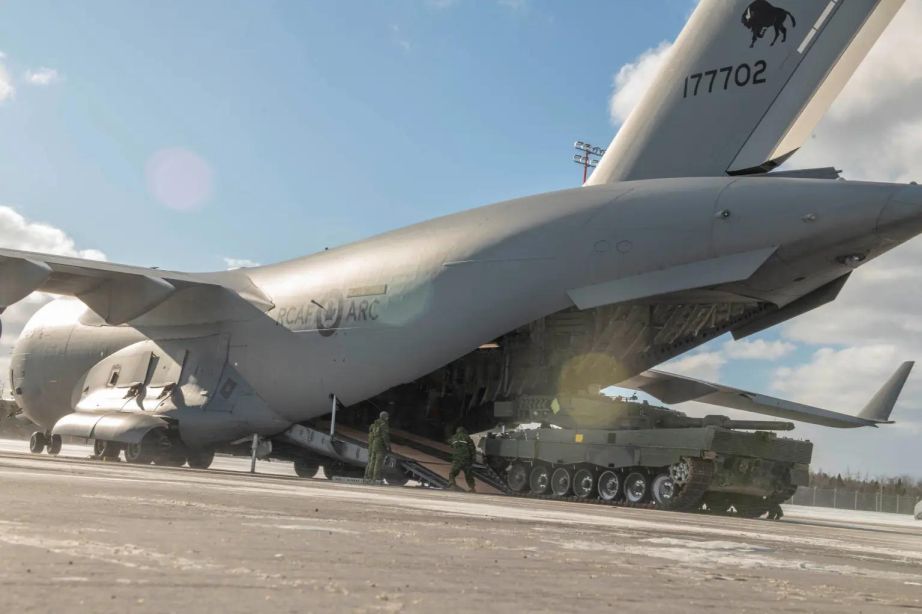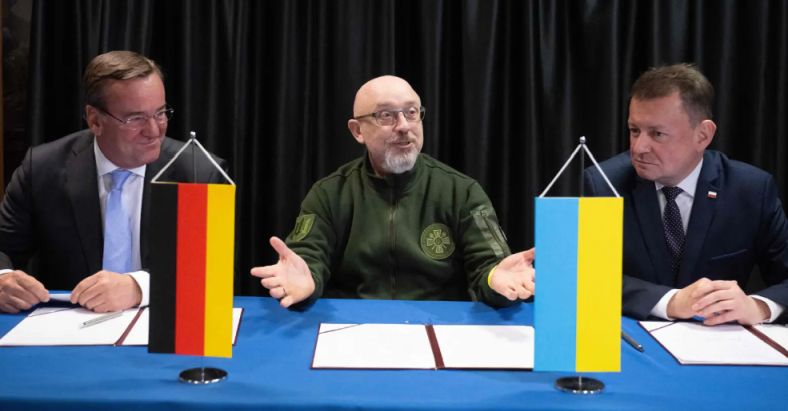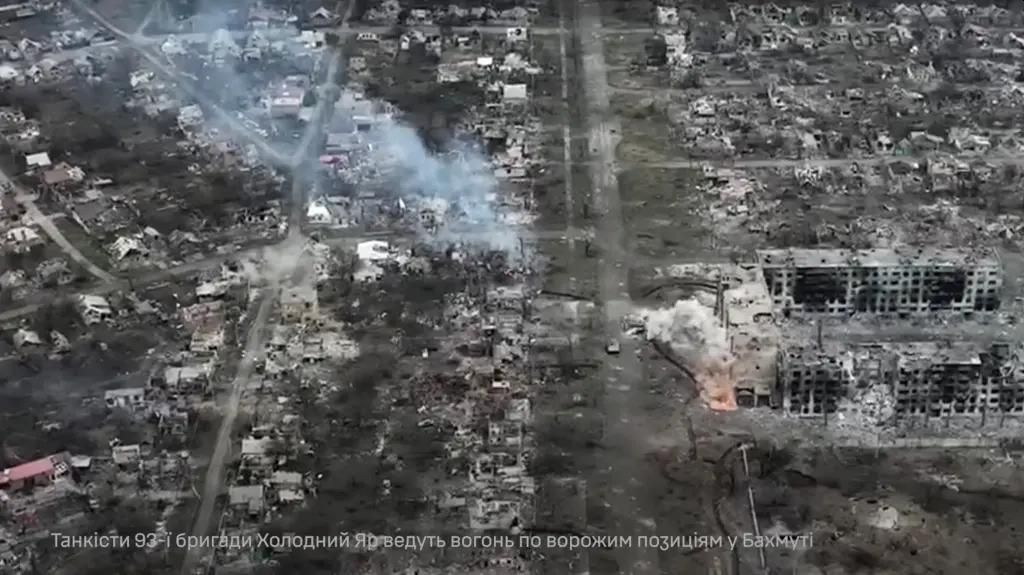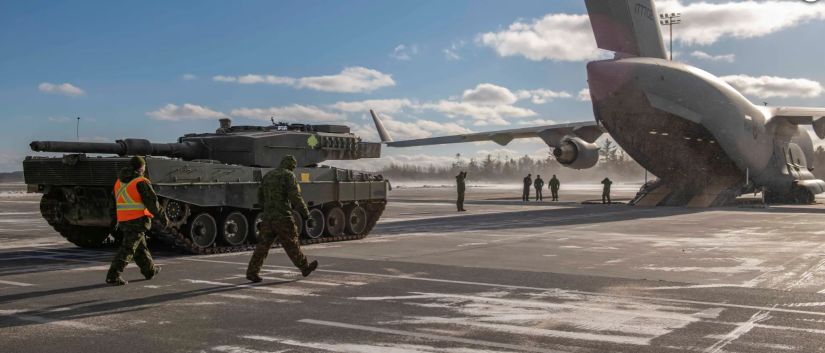By Eric Vandenbroeck and co-workers
Ukraine Spring Offensive
Sasha Ustinova, a
Ukrainian lawmaker, said that the U.S. military delivered far less
than what Valeriy Zaluzhny, Ukraine’s top general,
has asked for from the Pentagon. But U.S. military aid is only coming in dribs
and drabs, with the Biden administration nearing the end of funding for weapons
left that it can pull off Pentagon shelves to give to the Ukrainians. Ustinova
said that Ukraine hoped to begin the offensive in April, but the lack of
weapons has indefinitely pushed the launch date back. “We, as a military,
want to have all the weapons now, but of course, it’s impossible in the current
situation,” said one Ukrainian military official, speaking anonymously. “Of
course, we need the jets, but honestly, it’s not a question of the coming
months.”

Accordingly, the
Russian military in occupied areas of Ukraine has already started battening the
hatches for the coming counteroffensive. In the city of Berdyansk,
on the northern shore of the Azov Sea, Russian troops have begun fortifying the airport with trenches and pyramidal
anti-tank obstacles known as ‘dragon’s teeth.’ Occupation troops have also
started digging defensive fortifications in Crimea, including at the port of
Sevastopol and Belbek Air Base, which has already
been hit with blasts since Russia’s invasion of Ukraine began more than a year
ago. The invaders have been digging in, not advancing. What’s missing are the
tools to root them out.“We think the intensity of
their offensive operation is decreasing,” said Yehor Cherniev, a Ukrainian lawmaker who heads the nation’s
delegation to NATO’s parliamentary authority. “This is a great window for our
counteroffensive.”
Ukraine is ramping up
for its highly anticipated spring offensive, powered by a huge arsenal of tanks
and other weapons being delivered by Western allies, along with newly organized
brigades.“The frontline is priority number one. We
are also actively preparing new brigades and units that will show themselves at
the front,” President
Volodymyr Zelensky said in
a video address.“Everyone in Ukraine must understand
that the main task of the state is the de-occupation of our territories, the
return of our lands and our people from Russian captivity.”
The Ukraine Defense
Contact Group, an alliance of 54 nations working to assist Kyiv against
Russia’s invasion, has delivered over 230 tanks and 1,550 armored
vehicles “in just a few short months,” US Defense Secretary Lloyd Austin said Friday. Austin noted that Ukraine had received
equipment and ammunition to support more than nine new armored
brigades. The US has also accelerated the timeline to ship M1 Abrams tanks
to train and aid Ukrainian fighters. “All of this is huge progress, and I am
confident that this equipment and the training that accompanied it will put
Ukraine’s forces in a position to continue to succeed on the battlefield,” he
said.
In addition, the 150
Leopard 2 tanks promised by nine Western allies last month are starting
to arrive. Western nations, including Germany and Poland, pledged to send
Leopard 2 tanks to Ukraine for the spring offensive.

Spanish Foreign
Minister José Manuel Albares told German
outlet Tagesschau his country would deliver six Leopard 2
tanks in the coming days, followed by an additional shipment of
four. Germany has delivered 18
Leopard 2 tanks to
Ukraine, while Portugal has sent over 3, and Poland 14, the Guardian
reported. Britain,
meanwhile, has transferred 14 Challenger 2 tanks.
Former British Army
Colonel Hamish de Bretton-Gordon told The Sun that the tanks would help Ukraine soldiers break
through Russia’s defenses and ultimately wreck their forces behind the
enemy-held territory, causing the most destruction.“Now
they have tanks and artillery for the close fight; I’m pretty confident they’ll
be able to [succeed]. The Ukraine Defense Contact Group has recently
delivered over 230 tanks and 1,550 armored vehicles.

The influx of weapons
and training for Ukraine is coming as Russia makes minor advances, including
in the
months-long struggle to
control the eastern Ukrainian city of Bakhmut. According to Russia’s
Defense Ministry, Moscow has captured three more districts in the city’s western parts.“The airborne troops were restraining the Ukrainian
units on the flanks and supported the actions of the assault squads to capture
the city,” the ministry said. But these gains may be stifled by Russia’s
troubles at home maintaining its narrative that the invasion is
aimed at “denazification.”
Russia has made some minor advances in the embattled
Ukrainian city of Bakhmut.

Moscow reportedly
canceled an annual World War II commemoration, the Immortal Regiment “Great
Patriotic War” remembrance marches, over concerns that it would be used to
highlight the country’s losses to Ukraine, according to a UK Ministry of
Defense intelligence update. Meanwhile,
Yevgeny Prigozhin, head of the mercenary Wagner group, whose troops are heavily
involved in the Bakhmut campaign, has publicly questioned whether there are any
Nazis to defeat in Ukraine.“The authorities have
continued attempts to unify the Russian public around polarizing myths about
the 1940s,” the UK defense ministry said. Prigozhin also appears to be
sweating over the looming Ukrainian offensive, which will be bolstered with
newer and advanced weapons, and expects the
assault to begin after
the spring “mud season” ends.
Yevgeny Prigozhin,
head of the mercenary Wagner group fighting with Russian troops, is concerned
about Ukraine’s looming assault with new, more advanced weaponry.

“They will attack …
they will come and try to tear us apart, and we must resist,” he is a recording
shared on Telegram. The concern comes as Russia poises itself to beef up
its military, with lawmakers passing new
legislation that
allows authorities to send electronic conscription notices to draftees and
reservists and physical notices via mail. The new alert system will close
a loophole many Russians used to avoid being called up by staying away from
their official addresses.
For updates click hompage here